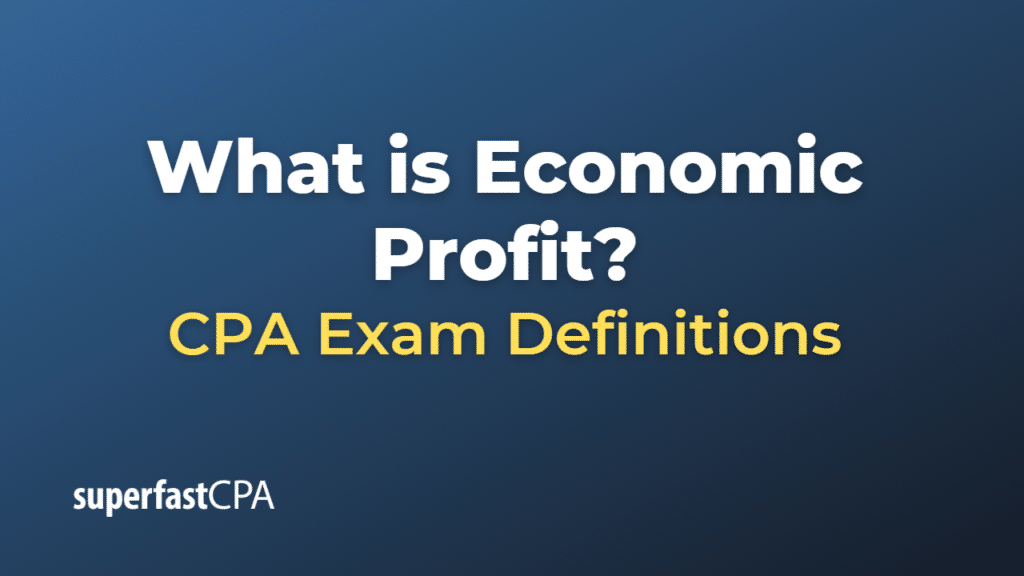Economic Profit
Economic profit is a measure that reflects the profitability of a business after accounting for both explicit costs (directly paid out of pocket) and implicit costs (opportunity costs). It is a more comprehensive profitability measure than accounting profit, which only takes into account explicit costs.
Explicit costs include expenses such as wages, rent, raw material costs, utilities, and more. These are typically the costs that are recorded in the books of accounts.
Implicit costs, on the other hand, represent the opportunity costs of using resources in one way rather than in their next best alternative use. For instance, if you use your personal savings to start a business, the interest you could have earned if you’d put that money in a savings account instead is an implicit cost.
The formula for economic profit is:
Economic Profit = Total Revenues – Explicit Costs – Implicit Costs
If the economic profit is positive, it means the company is generating a return above its total costs, including opportunity costs. If it’s negative, the company isn’t covering all of its costs and could potentially earn a higher return elsewhere.
It’s worth noting that economic profit is largely a theoretical concept used in economics, whereas accounting profit, which only considers explicit costs, is used for financial reporting and tax purposes.
Example of Economic Profit
Suppose you own a small bakery. Last year, the bakery generated $200,000 in revenue. The explicit costs of ingredients, labor, rent, utilities, etc., amounted to $120,000. These are all out-of-pocket costs that you can easily quantify and are used to calculate your accounting profit.
However, before starting your bakery, you were a software engineer, earning an annual salary of $70,000. By choosing to run the bakery, you gave up this salary. This foregone salary is an implicit cost, representing an opportunity cost of your decision.
To calculate your economic profit, you would subtract both explicit and implicit costs from your total revenue:
Economic Profit = Total Revenues – Explicit Costs – Implicit Costs
Economic Profit = $200,000 – $120,000 – $70,000
Economic Profit = $10,000
In this scenario, your bakery has an economic profit of $10,000, meaning you’re earning more than your next best alternative (i.e., working as a software engineer). However, if the implicit costs were higher than $80,000, you would be making an economic loss, suggesting you’d be better off financially by returning to your previous job.
Remember, this is a simplified example. In reality, calculating economic profit can be more complex due to multiple implicit costs to consider, including the cost of equity capital and other potential opportunity costs.













